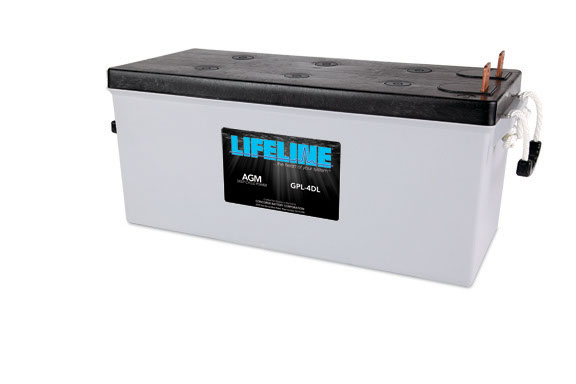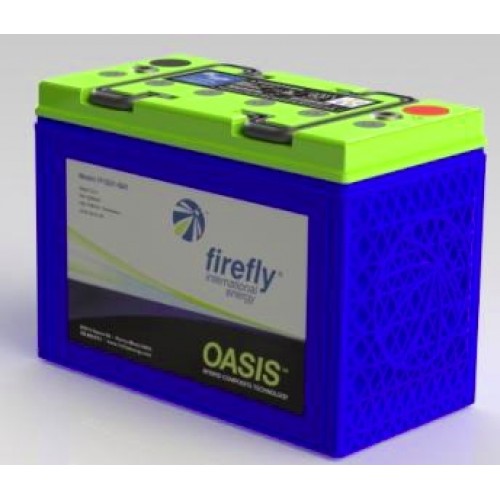


If you’re new to the world of marine batteries, you might feel like you’re treading water in an ocean full of nebulous terminology. Here’s a quick guide to introduce you to three major types of marine batteries which are typically available in both starter (starting the engine) and deep cycle (used for a house batteries) types.
Type #1: Wet (Flooded) Marine Batteries
Lead Acid batteries are also called “flooded batteries”. These wet marine batteries are one of the least expensive types of marine batteries you will find at e Marine Systems. They’re better equipped than other types of marine batteries to handle accidental overcharging.
On the downside, wet marine batteries generally require more maintenance than other types. For instance, you have to check most wet marine batteries every so often to make sure they’re maintaining the needed water levels—and you can only use distilled water to top them off. Maximum depth of discharge (DOD) and use of the house battery bank is only 50%.
Even off-season, when you’re not using your boat, wet marine batteries still need to be charged. This is because they lose up to 7% of their charge every month when sitting idle. And, since they output explosive hydrogen gas while they’re being charged, you have to take care to vent the marine battery boxes and their compartments.
Wet marine batteries are also sensitive to vibration. They can only be installed in an upright position because they contain liquid sulfuric acid.
Type #2: AGM Marine Batteries
e Marine Systems carries AGM (“Absorbent Glass Mat”) marine batteries. They cost more than the wet type, but they have some great advantages.
AGM marine batteries are considered safer than wet batteries. Unlike wet batteries, there’s no liquid sulfuric acid that can spill out if an AGM marine battery is jarred. They are maintenance free!
In fact, there’s no liquid in AGM batteries. This gives them a lot more flexibility. You can install them upright or sideways in your boat, so they’re better for tight spaces. Most can be used to DOD of 50% but certain manufacturers allow a deeper discharge maximizing the energy stored.
Despite their dry nature, though, AGM marine batteries are a valve-regulated acid battery. This means that you still need to vent them, for safety’s sake.
That said, AGM marine batteries are less prone to corrosion, as they don’t off-gas during normal operation. So, your metal components and cables within the battery compartment will be less likely to corrode if you choose AGM marine batteries.
Type #3: Lithium-Ion Marine Batteries
e Marine Systems also stocks lithium-ion marine batteries. These are lighter in weight than AGM and wet marine batteries. They charge up quickly—within a couple of hours—yet lose less energy than wet marine batteries when not in use and because they can be discharged down to as much as 90% maximizing the energy stored.
Lithium-ion batteries can also last up to five times longer than other types of marine batteries and hold almost a constant voltage over its discharge cycle.
A battery monitoring system (BMS) is always an integral part of this batteries design because of their particular chemistry, protecting it from overcharging, over discharging or overheating. Lithium-ion marine batteries are very powerful, but they can also be volatile under certain conditions.
To find out which kind of marine batteries are best for your boat, call eMarine Systems at 954-581-2505. Our knowledgeable staff will be happy to help you determine which marine batteries will suit your needs.